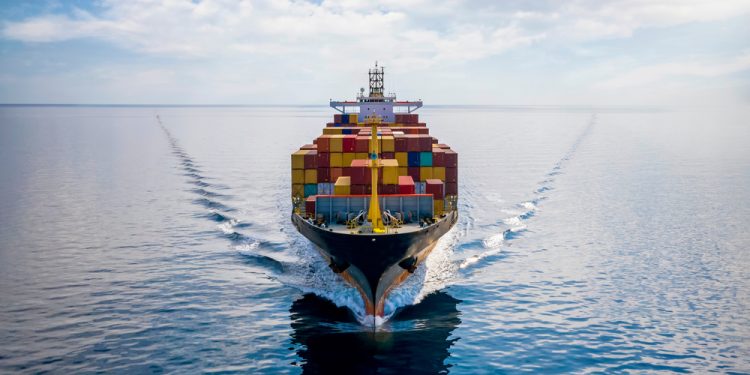According to Christopher J. Wiernicki, ABS Chairman, President and CEO, “green corridors have the potential to be more than just a test bed for shipping emission projects, they will tie into national clean energy transition strategies that will highlight shipping as a value enabler and the transport vehicle for the clean energy transition.”
During the Global Clean Energy Action Forum, Mr. Wiernicki said that only green shipping corridors had the potential to address the complex challenge of decarbonization at pace and scale.
At the root, green corridors represent a unique model of a successful public private partnership that recognizes that in the end success to get to net zero on time and on target will be a team sport
What is more, ABS’s Chairman added that “green corridors help to shrink the challenge of coordination between fuel infrastructure and vessels, within the value chain and between regions, down to a more manageable size while retaining scale.”
We need a green corridor playbook to address key performance indicators, common language, data and risk management. This will help in putting together the right policies, financial incentives and regulations. Green corridors will help us determine the right balance between managing risks and achieving business success
In addition, green corridors can only deliver on their full potential when they are connected with clean energy strategies, with Mr. Wiernicki explaining that “in order for us collectively to achieve our net-zero outcome by 2050, green corridors have to be much more than a series of disconnected shipping decarbonization projects.”
However, he warned that reliable data to create trust between the many partners will be a critical success factor in all corridors. “We will need structure around measuring and reporting to provide clear, consistent data. This will require development of a framework for independent verification and certification to demonstrate maturity levels, with an ongoing mechanism for maintaining and sharing data. In turn, this will require verification, particularly of carbon metrics, to ensure ongoing transparency and reliability of data.”
Recently, the Mærsk Mc-Kinney Møller Center for Zero Carbon Shipping, in a joint effort with McKinsey & Company, has developed a new blueprint for assessing the feasibility of green corridors.
The blueprint provides an approach to designing and demonstrating the feasibility of green corridors. It is intended to serve as a ready-to-use guide for any stakeholder involved in green corridors for decarbonizing shipping.































































